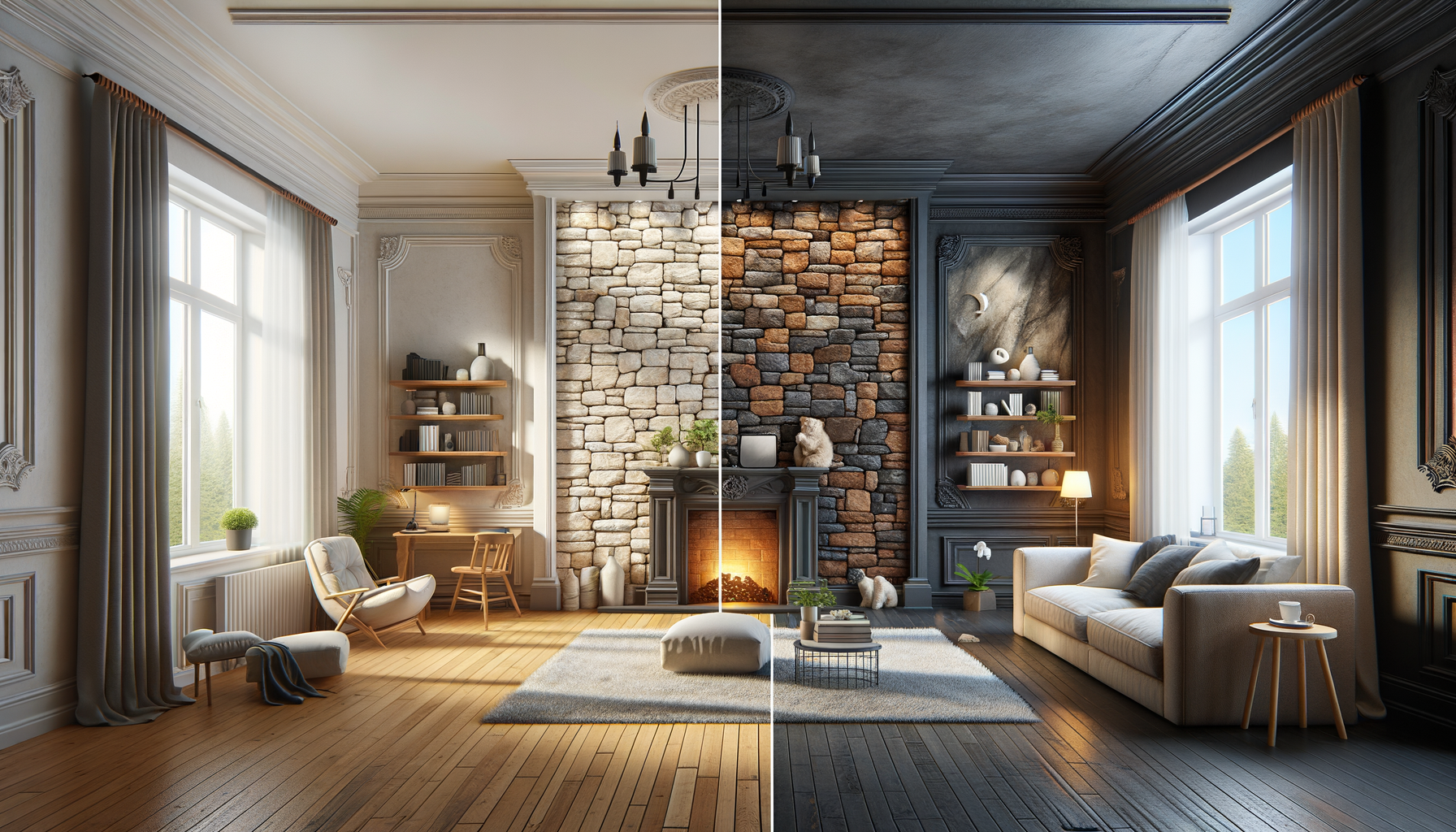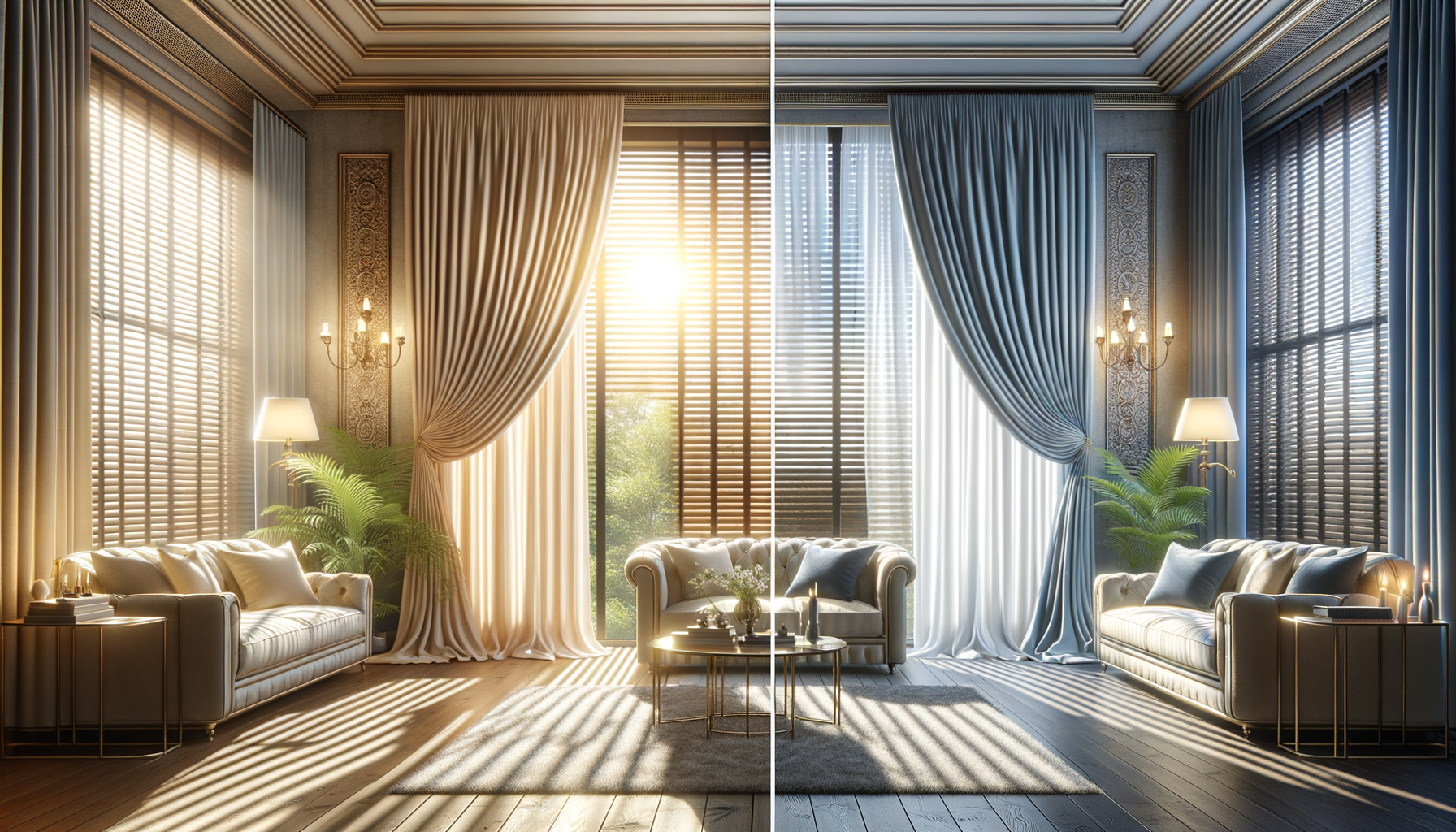Introduction to Faux Stone Panels
Faux stone panels have emerged as a popular choice for homeowners and designers looking to add a touch of elegance and sophistication to their spaces without breaking the bank. These panels mimic the appearance of natural stone, offering a visually appealing alternative that is both cost-effective and versatile. Whether you are aiming to enhance your interior decor or create a striking exterior facade, faux stone panels provide a solution that combines aesthetic appeal with practicality.
The allure of faux stone panels lies in their ability to transform any space into a luxurious setting. By offering the appearance of natural stone at a fraction of the cost, they enable homeowners to achieve a high-end look without overspending. Moreover, these panels are available in a variety of styles, colors, and textures, allowing for a personalized touch that complements any design preference.
Benefits of Using Faux Stone Panels
One of the primary advantages of faux stone panels is their affordability. Natural stone can be expensive, not only in terms of material costs but also installation. Faux stone panels, on the other hand, offer a budget-friendly option that doesn’t compromise on style. They are lightweight, making them easier to install, which can further reduce labor costs.
Another benefit is the versatility of faux stone panels. They can be used in a variety of applications, from accent walls and fireplaces to exterior facades and garden features. This flexibility makes them an ideal choice for both residential and commercial projects. Additionally, faux stone panels are designed to withstand the elements, ensuring durability and longevity in outdoor settings.
- Cost-effective alternative to natural stone
- Easy and quick installation
- Wide range of styles and colors
- Suitable for indoor and outdoor use
Installation Process and Considerations
Installing faux stone panels is a straightforward process that can often be completed by DIY enthusiasts. The panels are designed to interlock, creating a seamless appearance that mimics real stone. Before installation, it’s important to prepare the surface by ensuring it’s clean and dry. Depending on the type of panel, adhesive or screws may be used to secure them in place.
When planning an installation, consider the layout and design to ensure a cohesive look. It’s advisable to measure the area carefully and plan the arrangement of panels to minimize cuts and ensure a natural flow. For those less confident in their DIY skills, hiring a professional installer can ensure a flawless finish.
Despite their ease of installation, it’s essential to follow the manufacturer’s guidelines to ensure the panels adhere properly and maintain their appearance over time. Proper maintenance, such as cleaning and sealing, can also prolong the life of faux stone panels.
Comparing Faux Stone with Natural Stone
While faux stone panels offer numerous benefits, it’s important to compare them with natural stone to understand their differences. Natural stone has a unique and authentic appeal that is hard to replicate. Each piece is distinct, contributing to a rich and textured appearance. However, this uniqueness comes at a higher cost and often requires more intensive labor for installation.
Faux stone panels, in contrast, provide a uniform look that can be more suitable for certain design preferences. They are also more lightweight and easier to handle, reducing the complexity of installation. Additionally, faux stone panels are often more resistant to weathering and can be more suitable for areas prone to moisture or extreme temperatures.
- Natural stone: unique, authentic, and costly
- Faux stone: uniform, lightweight, and durable
- Consider design preferences and budget
Creative Uses for Faux Stone Panels
The versatility of faux stone panels opens up a world of creative possibilities for enhancing both interior and exterior spaces. Inside the home, they can be used to create stunning feature walls in living rooms, bedrooms, or kitchens. Their realistic stone appearance can add warmth and texture, transforming a plain wall into a focal point.
In outdoor settings, faux stone panels can be used to enhance garden walls, patios, or outdoor kitchens. They can also be applied to the exterior of a home to boost curb appeal, giving the facade a sophisticated and timeless look. For commercial spaces, faux stone panels can create inviting entrances or stylish interiors that leave a lasting impression on visitors.
The key to using faux stone panels creatively is to think outside the box and explore different applications that suit your style and space. Whether you’re aiming for a rustic, modern, or traditional look, faux stone panels offer endless possibilities for design innovation.




Leave a Reply